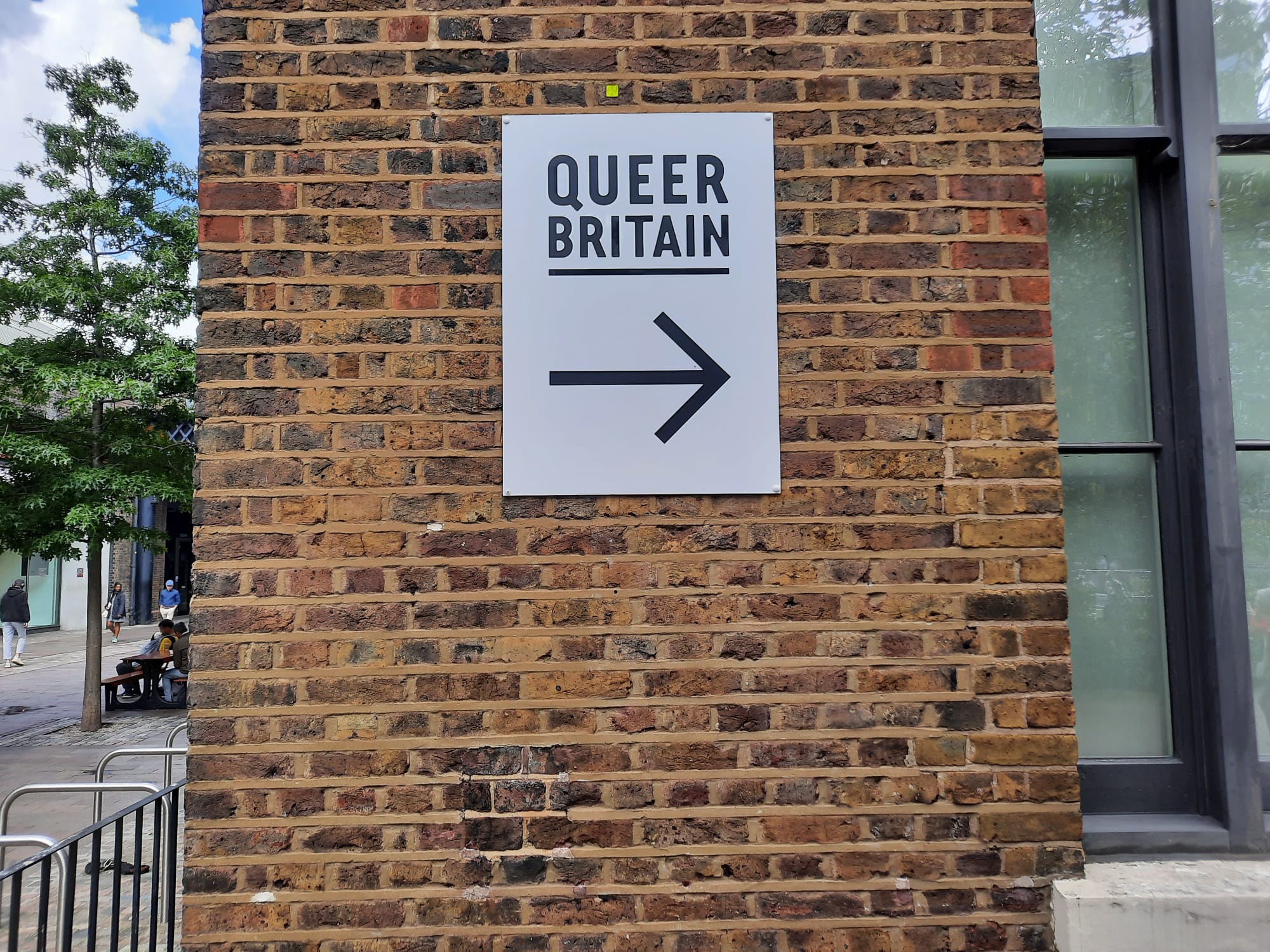Queer Britain, London
A small but important new museum, Queer Britain tells the story of Britain’s Queer community through objects, archival materials and personal stories.
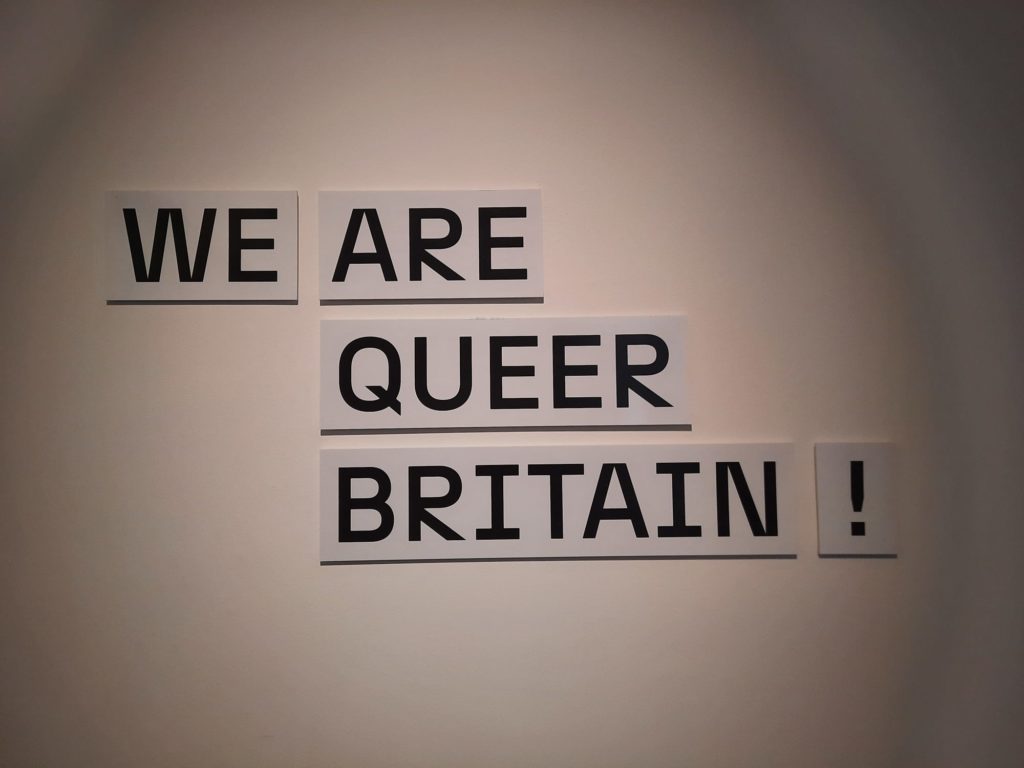
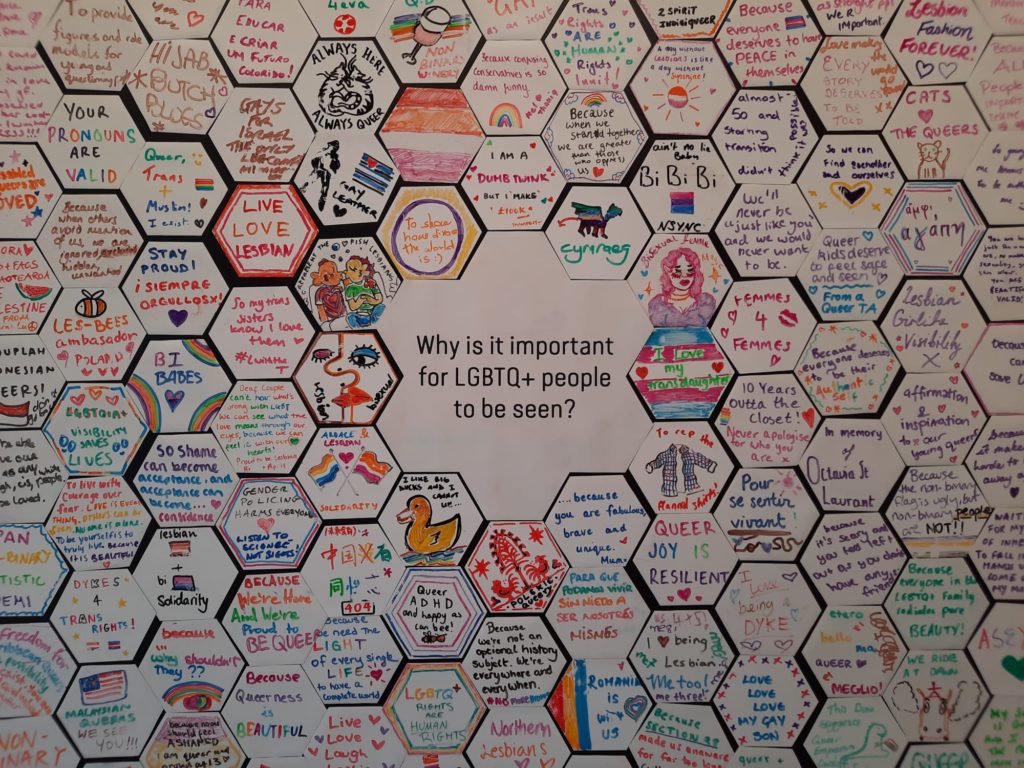
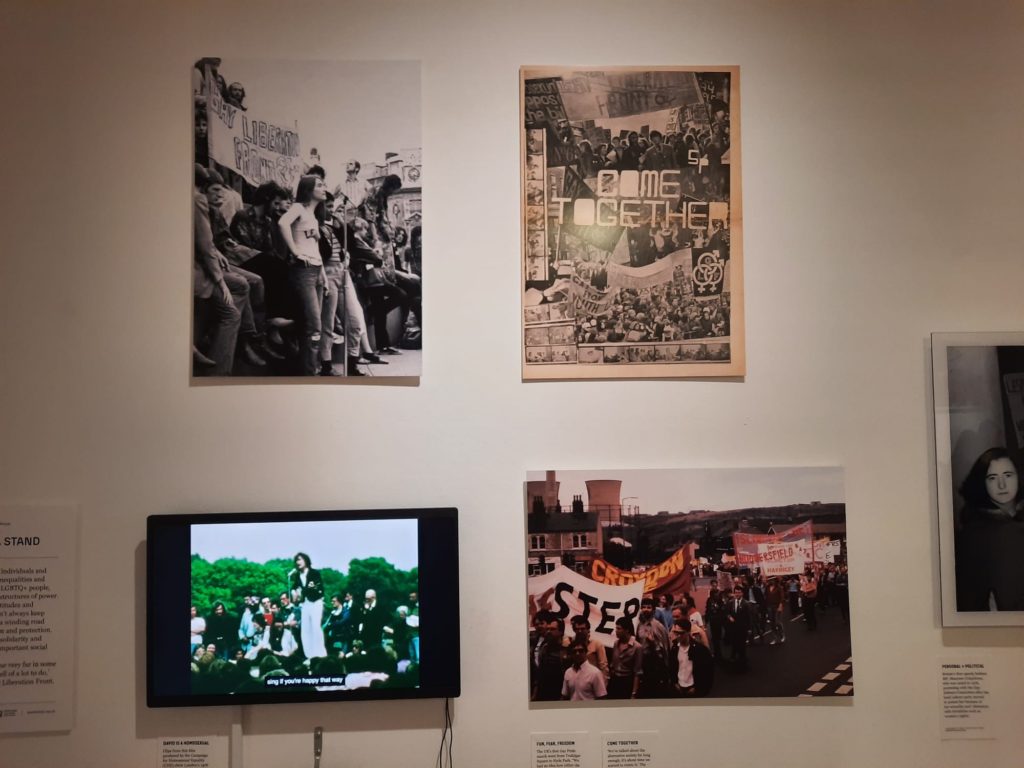
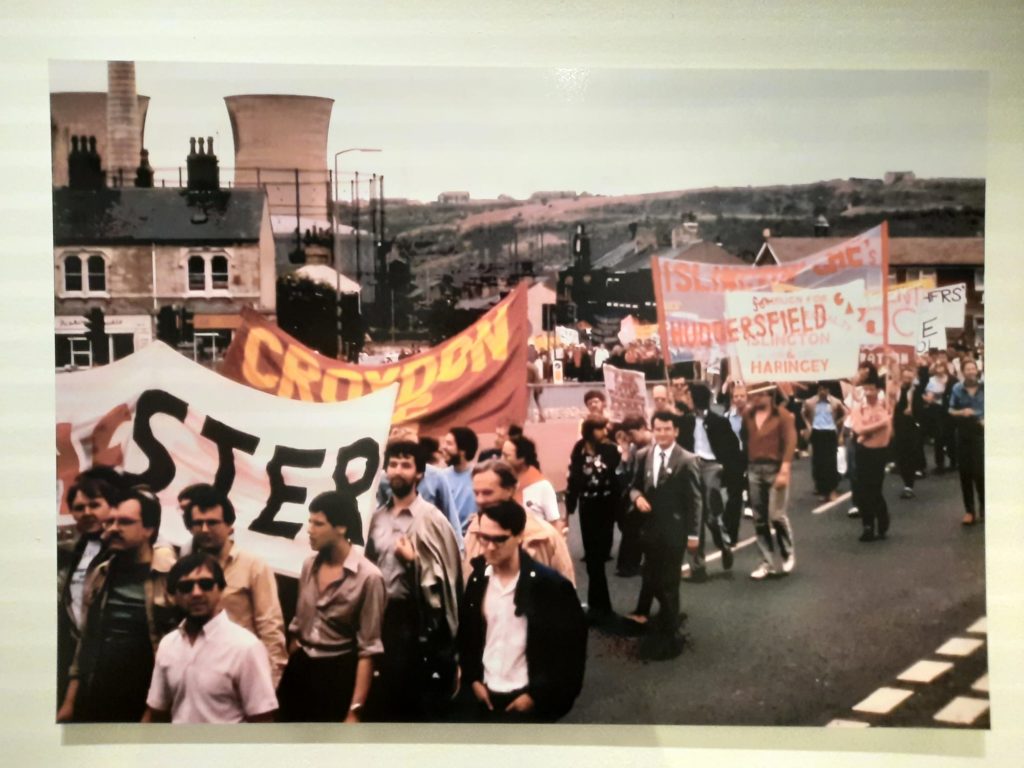
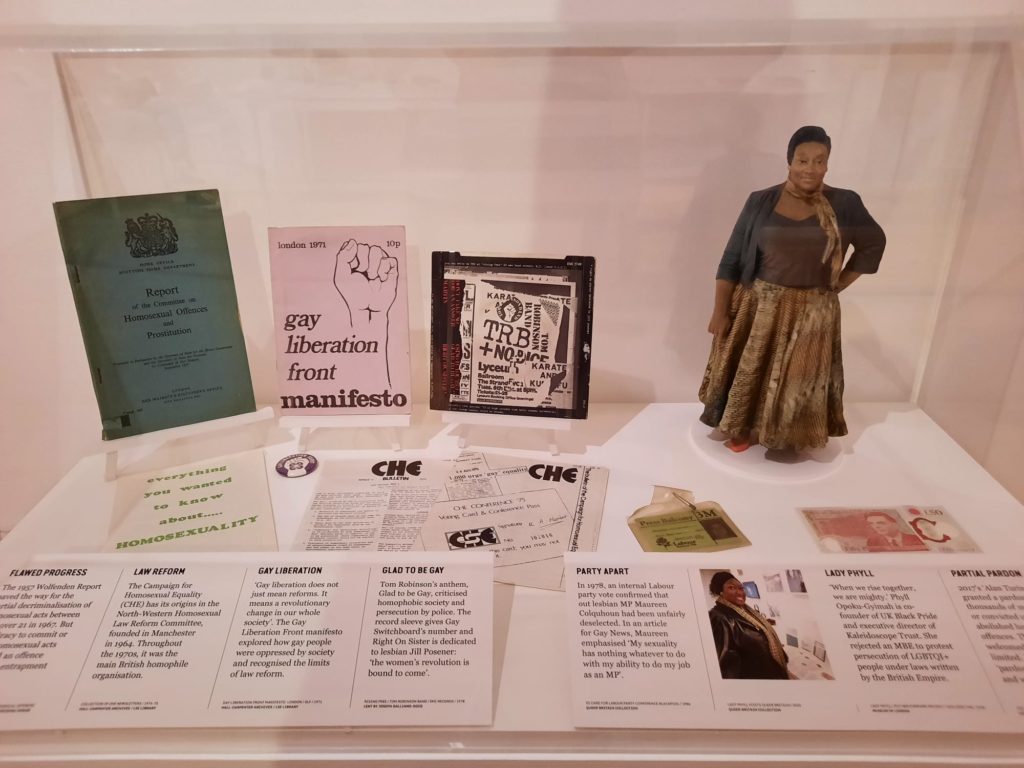
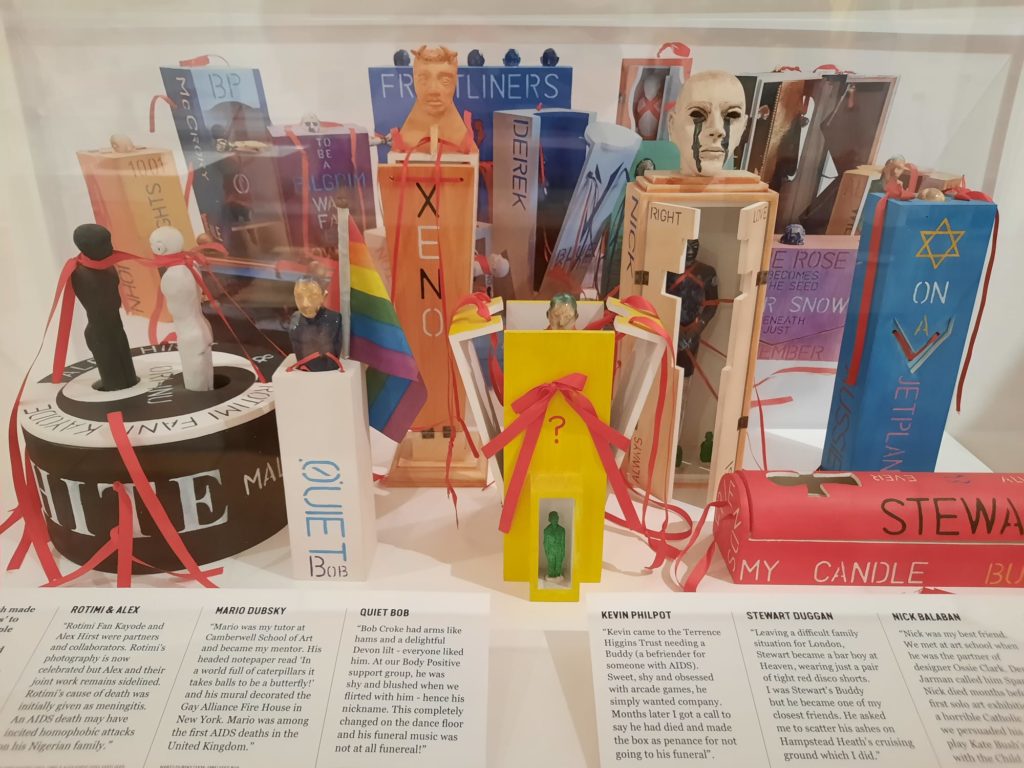
Queer Britain
One of the wonderful things about writing an arts and culture blog in London is the never-ending supply of things to write about. Not only new theatre programming and exhibitions, but a fairly regular supply of new museums, too. That doesn’t always mean I get to them straight away: I have yet to visit the Vagina Museum, Museum of Homelessness or Moco Museum (hopefully I will be able to come back later and add links to new posts!). And today’s subject, Queer Britain, opened its doors in 2022.
It’s in a great location, first off. Queer Britain has space on the ground floor of 2 Granary Square, just behind King’s Cross Station. One of many historic buildings in the area, this was once the nerve centre of the King’s Cross Goods Yard. Today it allows visitors to combine a trip to Queer Britain with brunch, shopping or a canal walk.
And I say Queer Britain opened its doors in 2022 because technically it did – this is when it took on a permanent physical home. But the project is a little older than that. Queer Britain was founded in 2018 by Joseph Galliano-Doig and Iain Mehrtens. Prior to moving into Granary Square, Queer Britain took a leaf from the aspiring museum playbook and mounted temporary exhibitions in London and elsewhere (see also this museum and this one which did the same). A great way to raise awareness and help with fundraising where needed, as well as furthering the nascent museum’s mission. And on opening in Granary Square in 2022, 50 years after Britain’s first Gay Pride march, it became the nation’s first (and only, to date) LGBTQ+ museum.
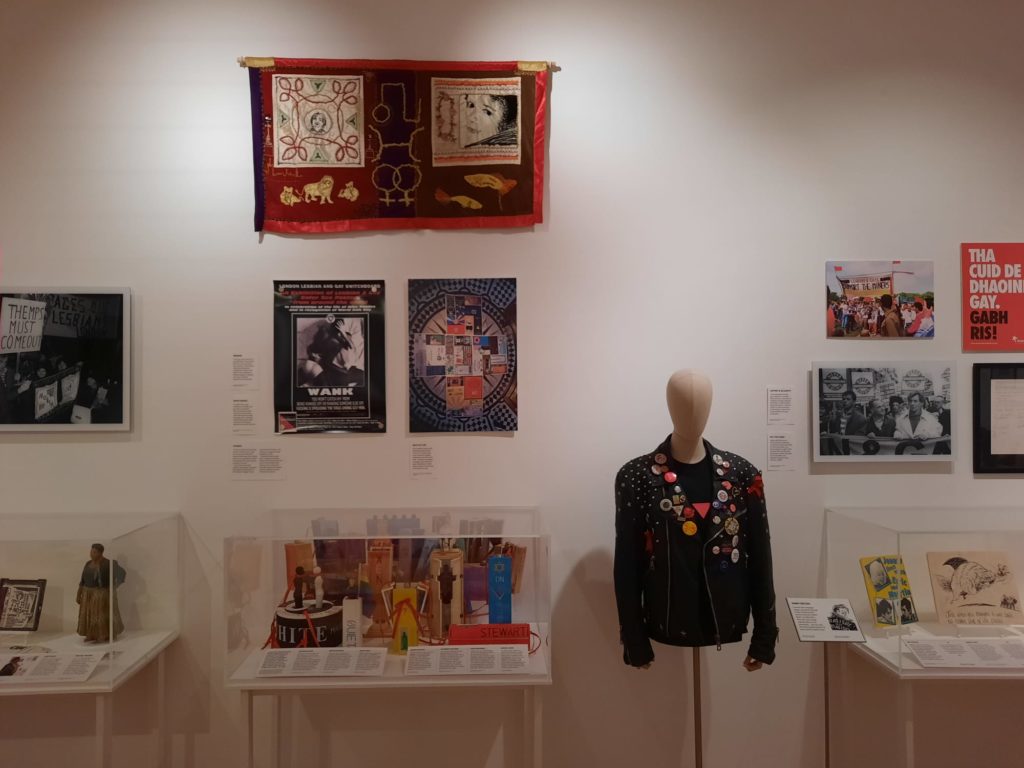
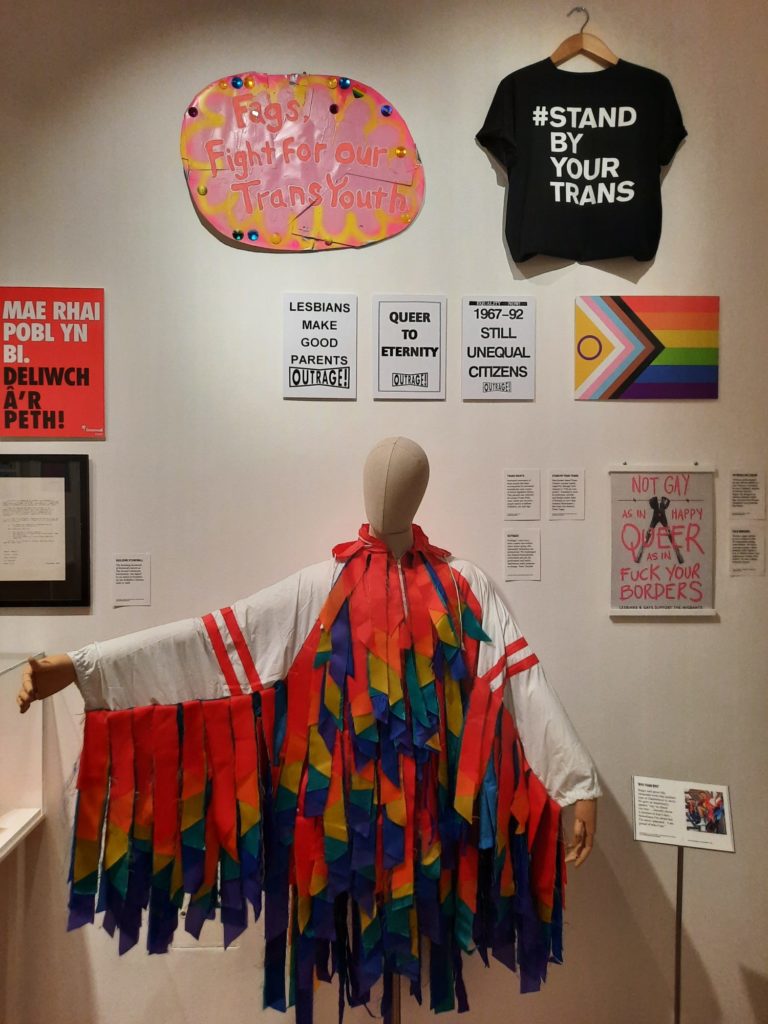
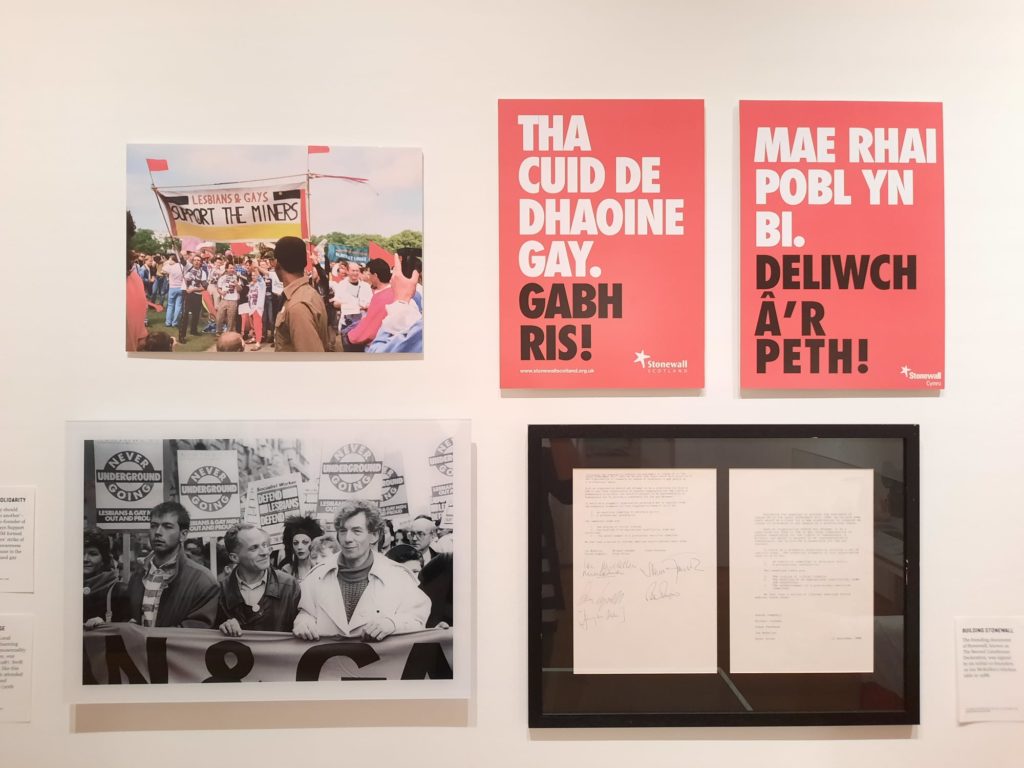
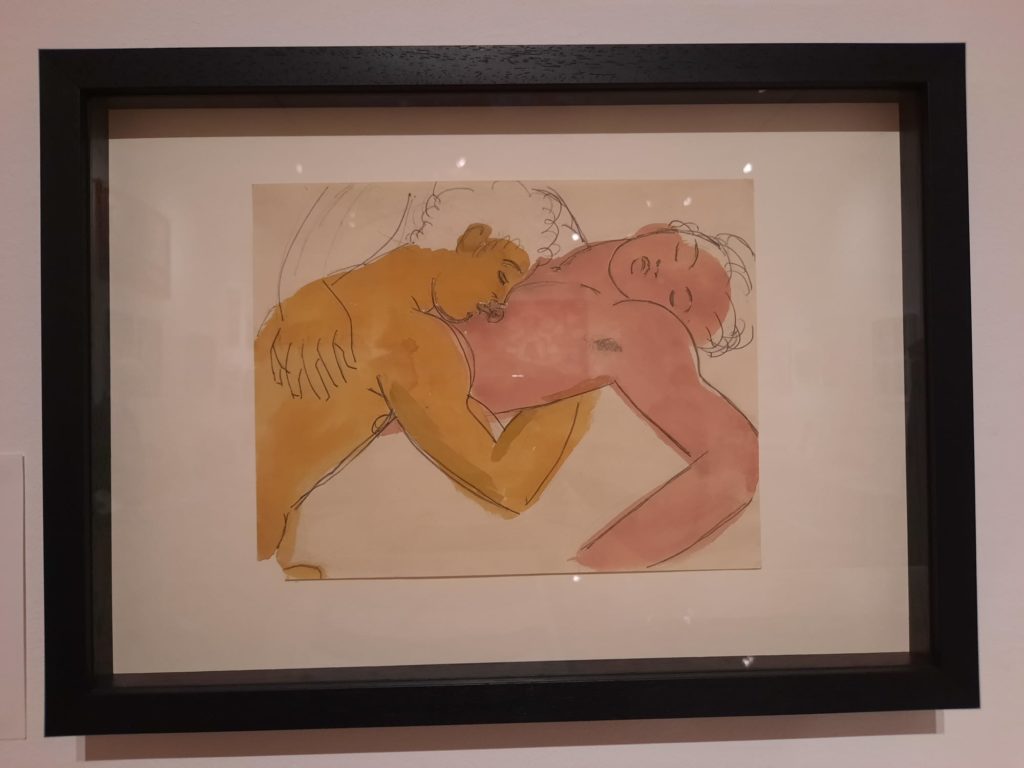
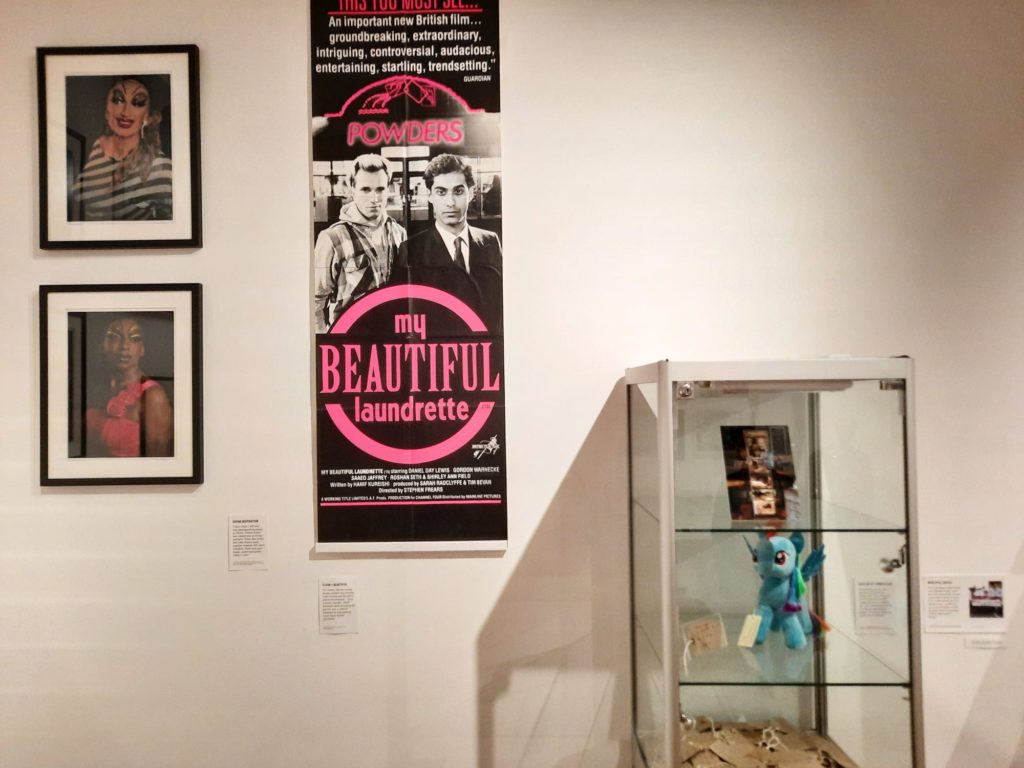
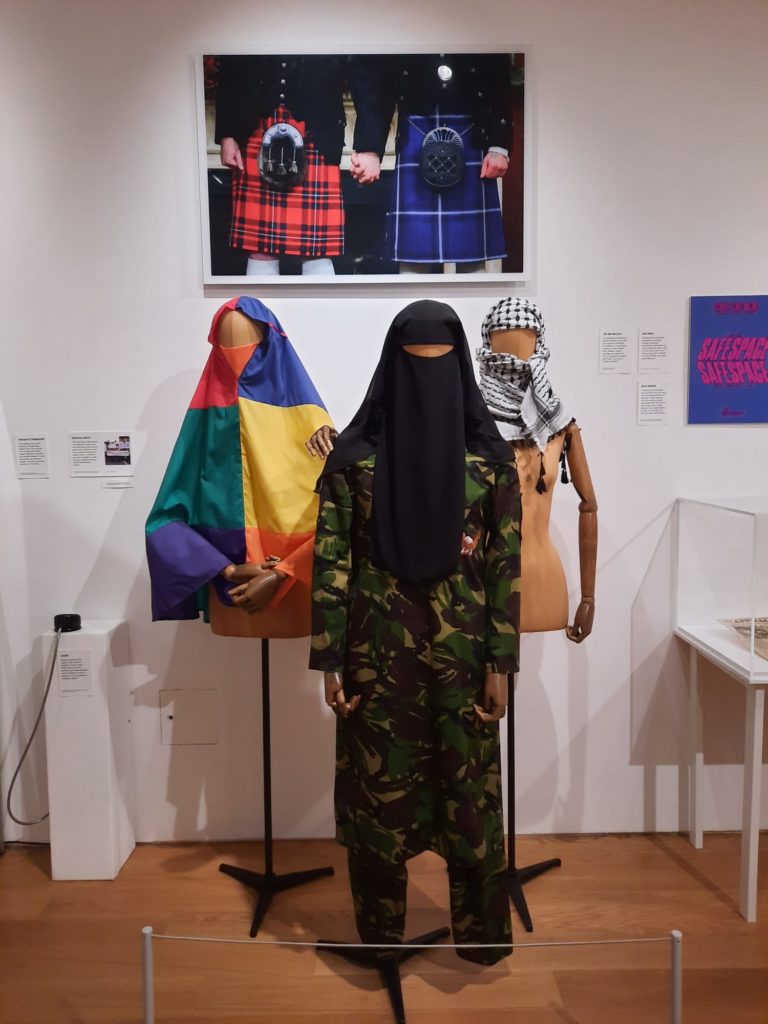
Celebrating Queer Stories
Galliano-Doig, a former editor of the Gay Times, had a vision for the museum as an inclusive place, including the stories of women, people of colour, and trans people. Galliano-Doig and Mehrtens therefore ensured a diverse board to help guide and shape the growing museum. Entry is also free to ensure access for all.
A key challenge, then, is telling all of these stories, in their beauty and complexity, in a small space. Because Queer Britain is not big. As you enter, you see a shop on the left, and visitor hosts guide you to the exhibition on the right. There is one big room and two smaller rooms, before you pop back out at the entrance. Brevity is everything.
And choices have to be made. The time period to cover. Whose stories to tell. When to include details that bring the big picture to life, versus contextualising the narrative. On the whole, I thought the curators do a good job of walking this tightrope. While the main exhibition features some historic figures (like Radclyffe Hall – admittedly not that historic – and Anne Lister), it focuses mostly on the last 50 years. The angle is one of celebrating the good times while acknowledging the bad. The exhibits’ introductory texts talk about the HIV/AIDS Epidemic, fighting for rights in Pride marches, discrimination, loneliness, and the stigma of criminalisation. But they also celebrate love, creativity, found family, change, and hope.
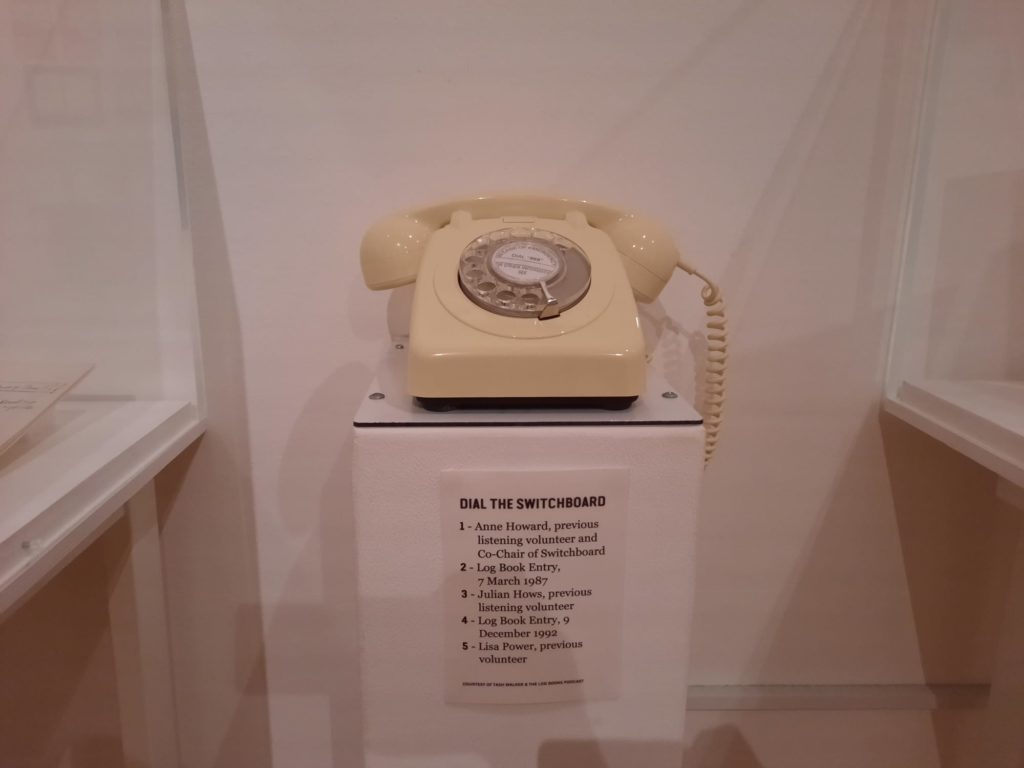
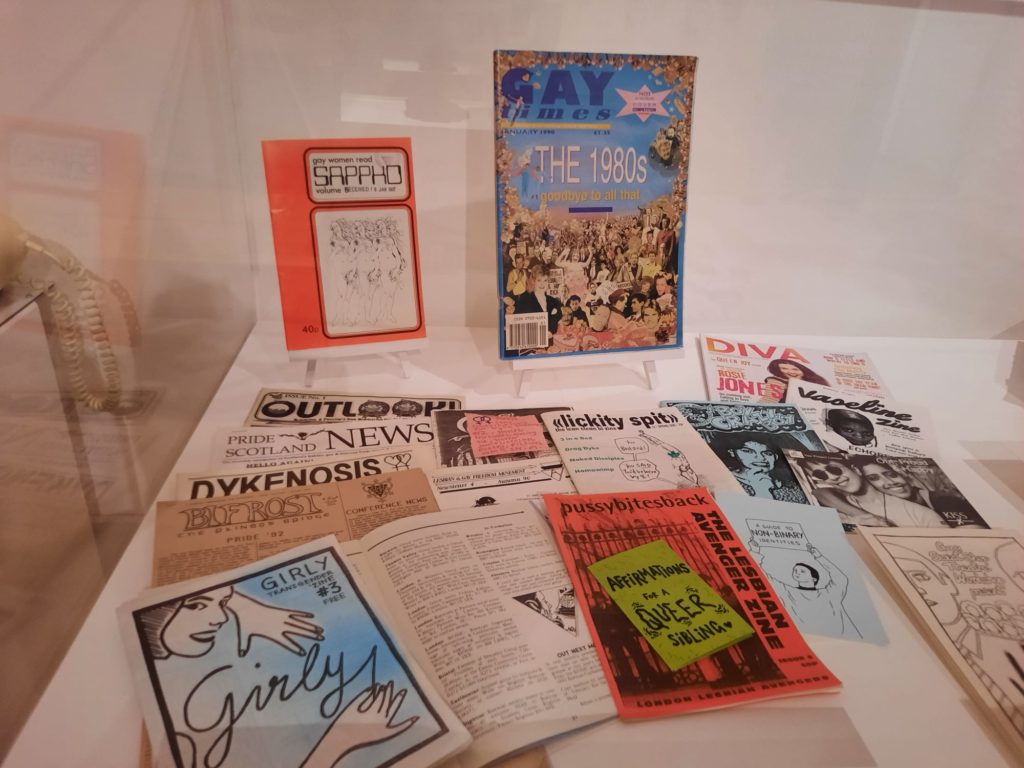
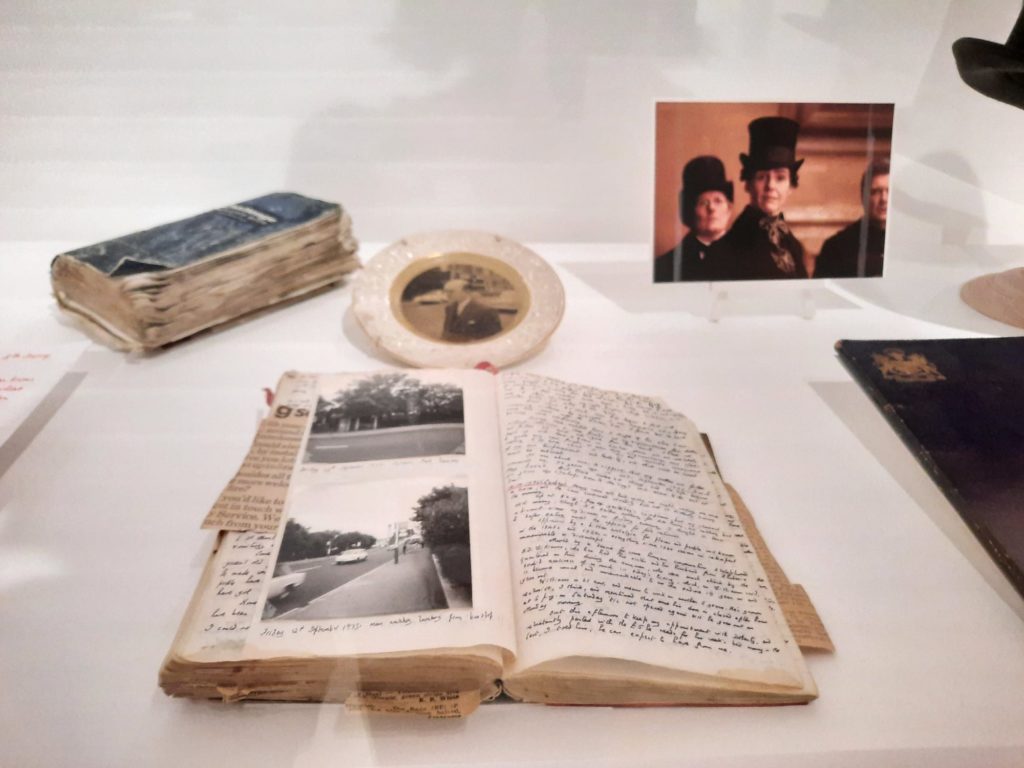
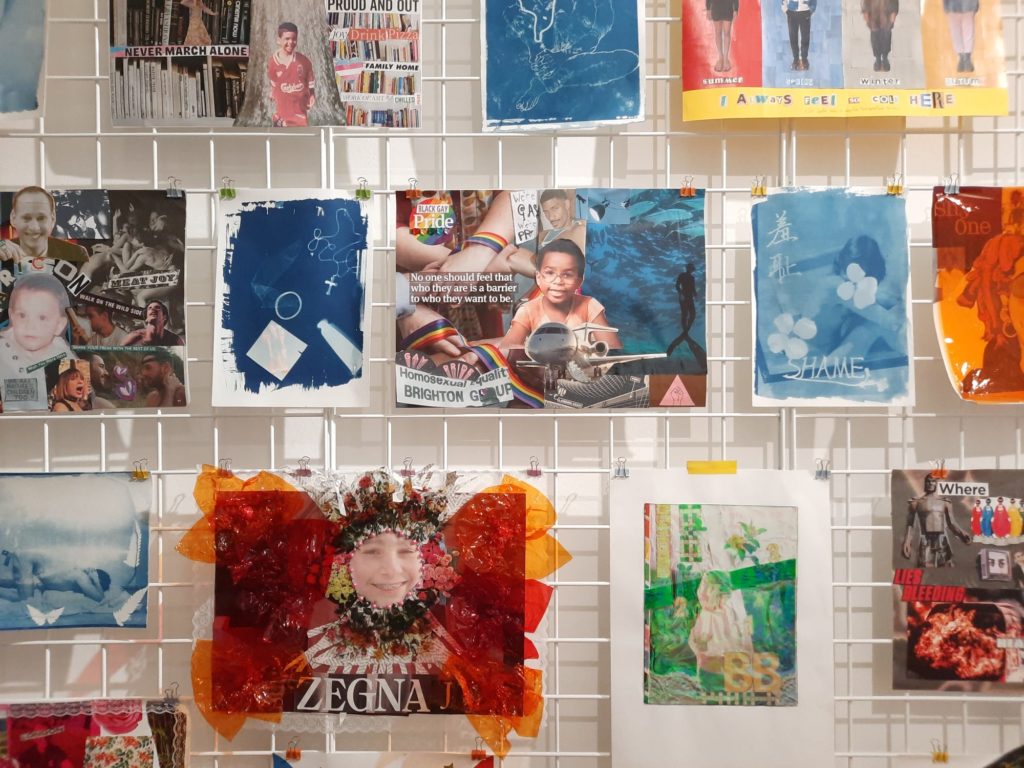
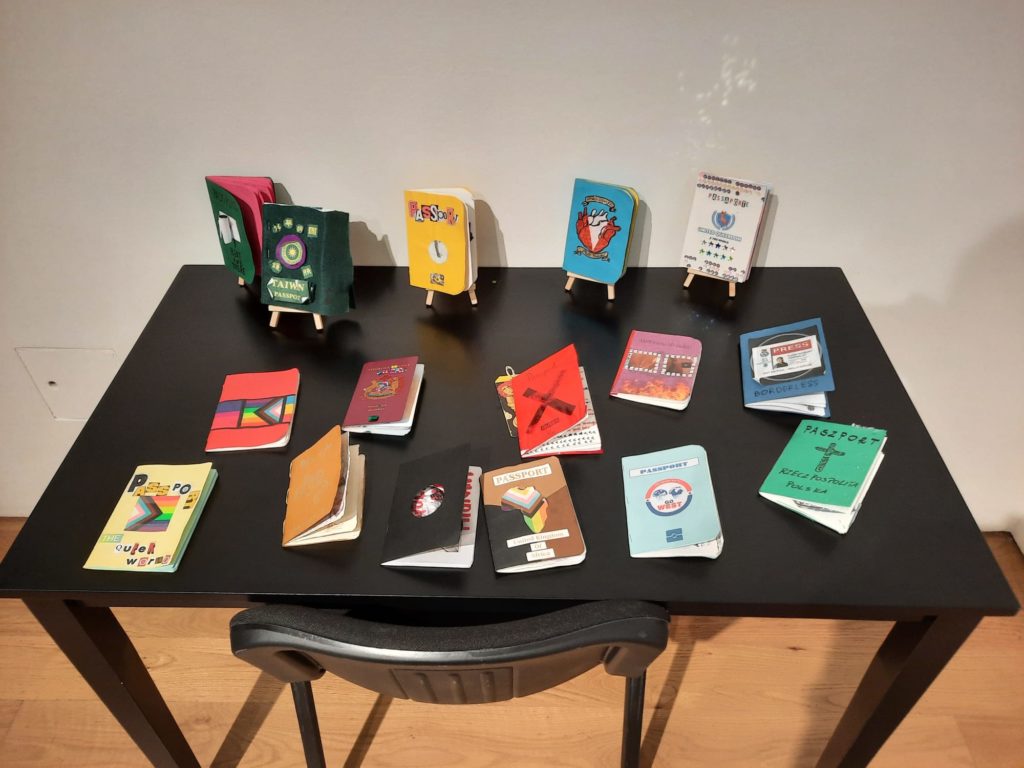
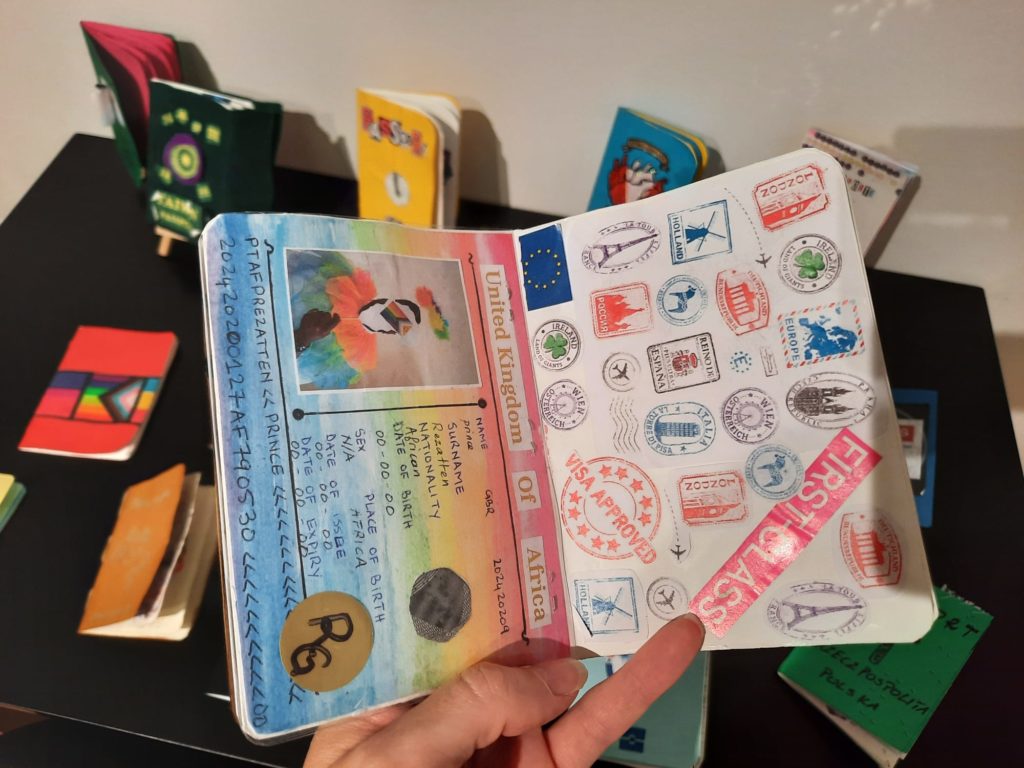
Final Thoughts on Queer Britain
For me, Queer Britain still has the aura of a pop-up exhibition. Perhaps this is natural only two years in. It seems to be amassing its own collection – partly through donations – as well as displaying loans from other institutions with LGBTQ+ collections like the Bishopsgate Institute. This will only be enriched over time, particularly as the smaller exhibition spaces seem to be given over to collaborative community projects which produce materials for the collection. When I visited I saw the results of a project with LGBTQ+ migrants to the UK, who created zines and passports to tell their stories.
But it’s an important step. A permanent museum telling LGBTQ+ stories, in the heart of London. With a big Art Fund stamp of approval (they own 2 Granary Square). A celebration of all the ways that Queer people have contributed to the UK, and a space which can evolve to reflect different needs and tell different stories over time.
So if you’re brunching, or shopping, or canal walking around Granary Square, I recommend swinging by. It will be exciting to see how Queer Britain continues to evolve as it matures.
Salterton Arts Review’s rating: 3/5
Trending
If you see this after your page is loaded completely, leafletJS files are missing.

